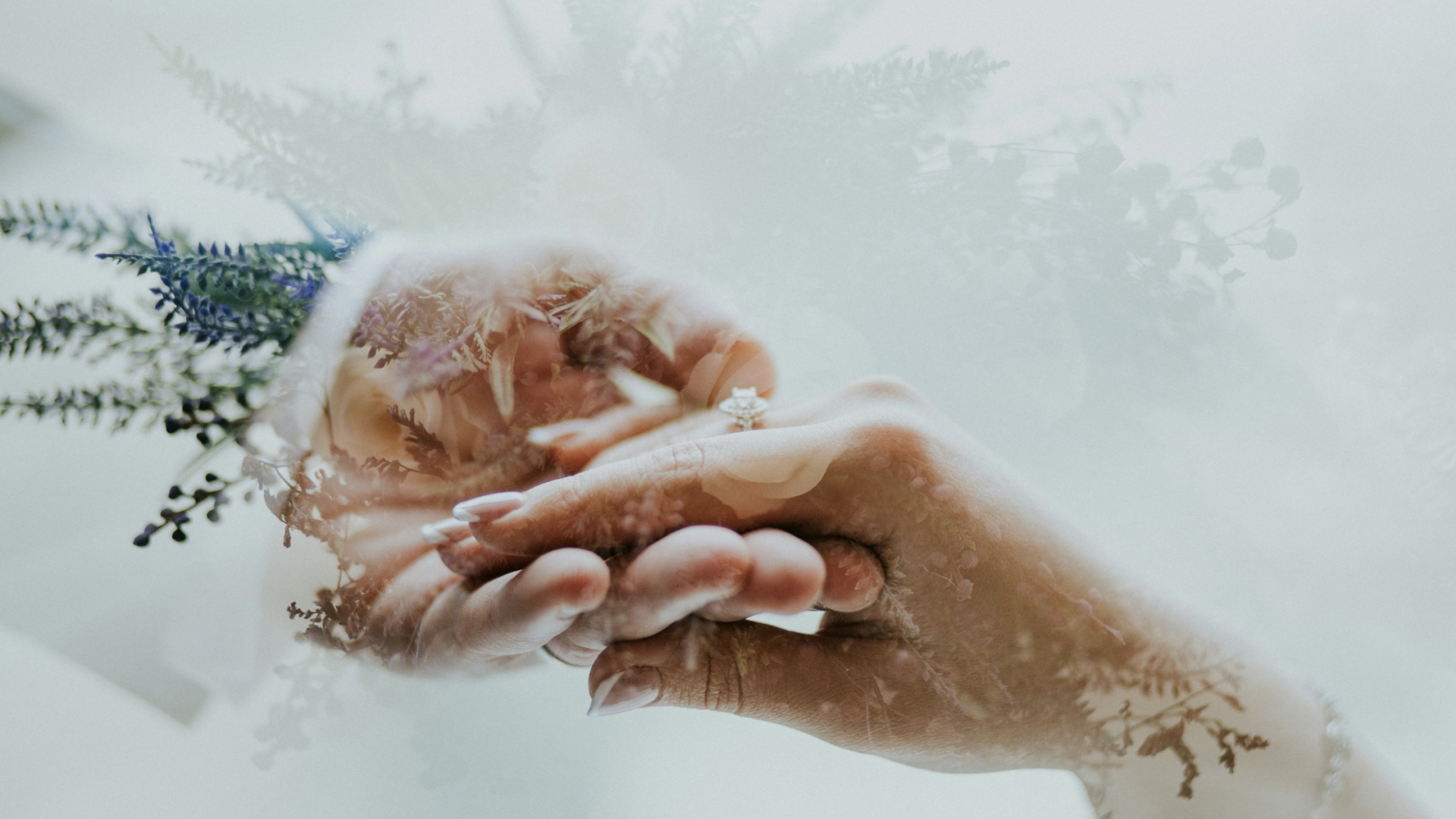- Joined
- Jan 7, 2009
- Messages
- 10,365
Our guarantee states that we will pay the difference (in retail dollars) of the grade assigned vs the actual grade, so our liability is not limited to the cost of the certificate.
I very much appreciate all you bring to the table, and wish GCAL all the success possible.
But this point sticks.
Who determines "the actual grade"?
The issue I have is that there's an implication that other labs don't guarantee the grade due to inadequacies, as opposed to the fact a diamond's grade can't be effectively guaranteed. This is due to the nature of diamond grading.



300x240.png)